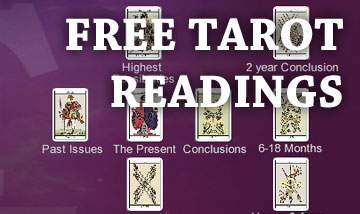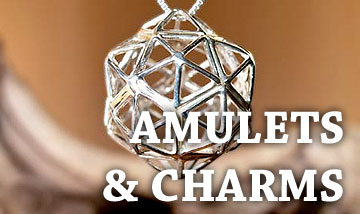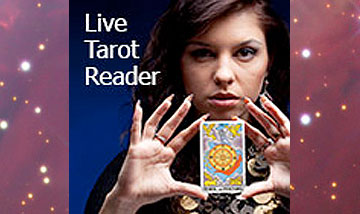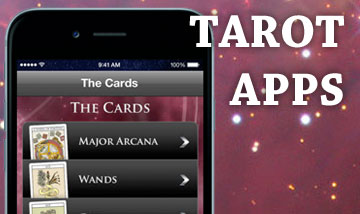Hekhalot Lore
Hekhalot lore is a very complex topic. To gain a deep familiarity with it, it is necessary to study several esoteric Jewish mystical texts. This overview will simplify some of the complexities of the topic, and if you are interested in learning more, please check out the sources at the end of the article.
Hekhalot and Merkavah literature are a series of a few dozen treatises from Jewish esoterics in Late Antiquity (between the 2nd and 8th century CE). The word "hekhalot" (also spelled hechaloth, hekhaloth, or heikhalot) means "celestial palaces or temples" (Dan p 13). The hekhalot treatises cover four main subjects: cosmology and cosmogony; magical incantations and procedures; Ezekiel's chariot, including lists of the angels; and the process by which a person can ascend to the divine realms. (Dan 14). The sages who ascended to the heavenly realms described the seven hekhalot palaces, which are arranged on top of each and inside each other until one reaches the highest, seventh heaven. Simon Thomasi wrote, "Hekhalot, also known as Ma'aseh Merkavah mysticism [...] focuses on the mystical lore and practices by Jewish mystics in the centuries following the destruction of the second Temple by the Romans. Merkavah mysticism is based on the visions of Ezekiel and Isaiah. The works in Merkavah mysticism focus on Heavenly ascent and angelic adjuration." (Source)
Relatively little of hekhalot lore deals with ascending into heaven (according to Joseph Dan, only five of the two dozen treatises), yet ascension arguably is the topic most frequently studied from hekhalot lore.
The hekhalots are also discussed within the Zohar. The Zohar is a book considered to be the greatest work of the medieval kabbalah. (Dan p 29) A supplement to the Zohar is entitled Hekhalot Rabbati and it "treats of the topographical structure of paradise and hell." Source Early Jewish magic and mysticism also studied the connection between the palaces of heaven (hekhalot) and the chariot (merkabah) of Elijah by which he was carried up to heaven. Source. The Hekhalot Rabbati "lays emphasis on moral and religious virtues" (Hallamish p 34), compared to the Talmud which focuses on "intellectual conditions and age restrictions" (ibid). Kabbalah and hekhalot lore embody the search for wisdom and the answers to philosophical questions.
In some Kabbalah interpretations, the hekhalot (one interpretation of the word "hekhalot" as used in the Zohar is "beautiful virgins" [Davidson p 138]) are seven angelic feminine manifestations of God. They are the female counterpart to the ten male sephiroth (or sefirot). Joseph Dan wrote, "The question 'What are the sefirot?' is one that cannot be answered, because every kabbalist has his own individual conceptions and emphases on this subject. This is the core of envisioning and understanding the divine world, and therefore the most meaningful differences between kabbalists are expressed in their presentations of this realm" (p 44). Ultimately, as is true with much of the Kabbalah, what you make of hekhalot lore depends on your own individual studies and interpretations.
Sources and Recommended Reading
Bowker, John. "Hekhalot and merkabah". 1997. The Oxford Dictionary of World Religions.
Dan, Joseph. Kabbalah: A Very Short Introduction. Oxford: Oxford University Press, 2006.
Davidson, Gustav. A Dictionary of Angels: Including the Fallen Angels. New York: Free Press, 1994.
Hallamish, Moshe. An Introduction to the Kabbalah. Translated by Ruth Bar-Ilan and Ora Wiskind-Elper. Albany: State University of New York Press, 1999.
Smith, Morton. "Hekhalot Rabbini." 2011.
Thomasi, Simon. "The Hidden and Manifest God." 2011.
This post is by Renata Sancken
 DISCOVER TAROT ON iPHONE, iPAD AND ANDROID.
DISCOVER TAROT ON iPHONE, iPAD AND ANDROID.
Learn Tarot Card Meanings, what they mean when combined in a reading, test your knowledge in the Tarot Quiz and reveal what the future may hold with the Tarot Reading App.





